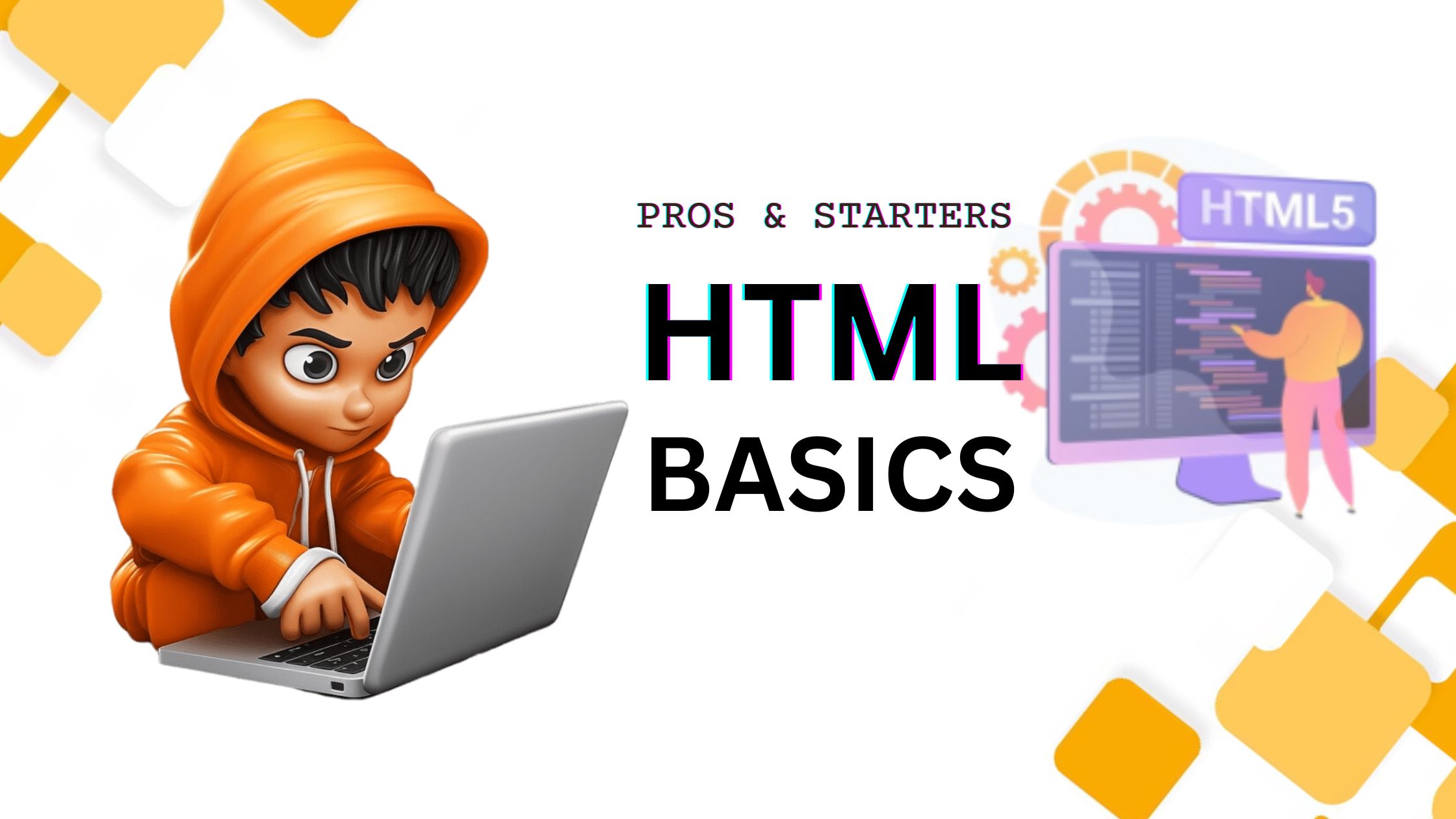HTML Basics: A Simplified Guide to HTML Tags and Elements
 Shopinson
ShopinsonTable of contents
- Introduction
- HTML Basics: Understanding HTML Tags and Elements
- Working with Content: The <body> Element
- Structuring Text: Headings and Paragraphs
- Creating Links: The <a> Element
- Incorporating Images: The <img> Element
- Making Lists: Using <ul>, <ol>, and <li>
- Content Containers: <div> and <span>
- User Interaction: <form>, <input>, and More
- Advanced Features: <iframe>, <table>, and More
- Text Formatting: <blockquote>, <hr>, and <br>
- Conclusion

Introduction
HTML, or HyperText Markup Language, is the foundation of all web pages. In this beginner's guide, we'll demystify HTML basics and walk you through HTML tags and elements. This simplified guide is designed to help newcomers understand the essentials of web development.
HTML Basics: Understanding HTML Tags and Elements
HTML Tags: Every web page begins with a <!DOCTYPE> declaration and an <html> element. These are the fundamental HTML tags that define the type of document and create the root of your webpage.
HTML Elements: Inside the <head> section, you'll find important elements like <title>, which determines what appears in the browser tab and is vital for search engine optimization. You'll also encounter the <meta>, <link>, and <style> elements, which provide additional information and control over your webpage's presentation.
For adding interactivity and functionality, we use the <script> element. It's where you place instructions to make your webpage do unique things.
Working with Content: The <body> Element
The <body> element is like the canvas where you place all the visible content on your webpage, such as text, images, and videos.
Structuring Text: Headings and Paragraphs
To organize your text, use headings <h1> through <h6>. The most significant heading is <h1>, and <p> is used for paragraphs.
Creating Links: The <a> Element
The <a> element is your key to creating links to other web pages and resources.
Incorporating Images: The <img> Element
To display images, you'll utilize the <img> element, which allows you to add pictures to your webpage.
Making Lists: Using <ul>, <ol>, and <li>
For creating lists, you have the <ul> (unordered list) and <ol> (ordered list) elements, along with the list items <li>.
Content Containers: <div> and <span>
The <div> element is a versatile container for grouping and styling content, while the <span> element is perfect for styling specific pieces of text or content.
User Interaction: <form>, <input>, and More
If you want to gather information from users, employ the <form> element along with input elements like <input>, <textarea>, and <select>.
Advanced Features: <iframe>, <table>, and More
The <iframe> element allows you to embed external content, while <table>, <tr>, <th>, and <td> are used to create tables.
Text Formatting: <blockquote>, <hr>, and <br>
For quoting text, utilize the <blockquote> element. To insert horizontal lines or line breaks, use <hr> and <br>. You can emphasize text with <strong> or <em>, and define abbreviations using <abbr> with explanations.
Conclusion
In summary, HTML basics, including HTML tags and elements, are the building blocks of the internet. This beginner's guide has simplified the essentials of HTML to help you start your web development journey. By mastering these concepts, you'll be well on your way to creating web pages that are both functional and visually appealing.
The next time you work on a web project, remember that understanding HTML is the key to success, and this guide is here to help you every step of the way.
Subscribe to my newsletter
Read articles from Shopinson directly inside your inbox. Subscribe to the newsletter, and don't miss out.
Written by

Shopinson
Shopinson
Welcome to Shopinson.com – Your hub for in-depth programming language insights and hands-on web development tutorials. Stay updated, level up your coding skills, and craft exceptional web experiences with us! 💻🌐 #ProgrammingInsights #WebDevTutorials